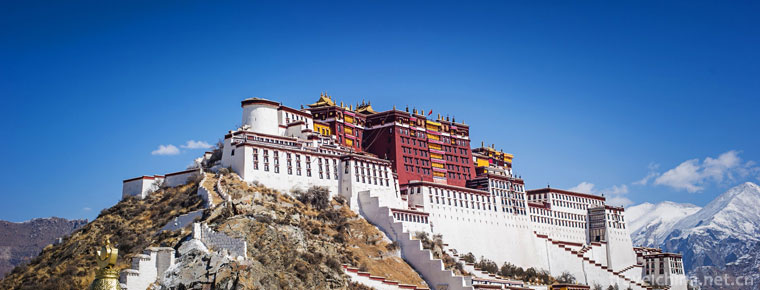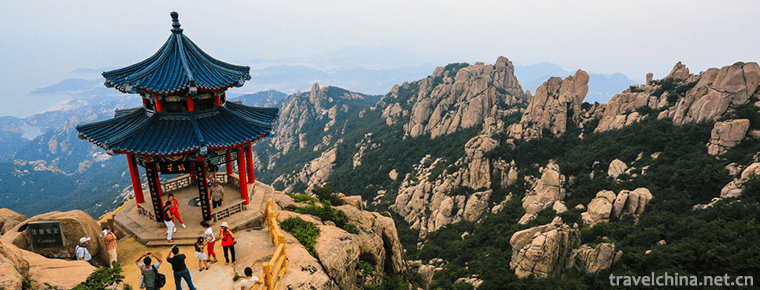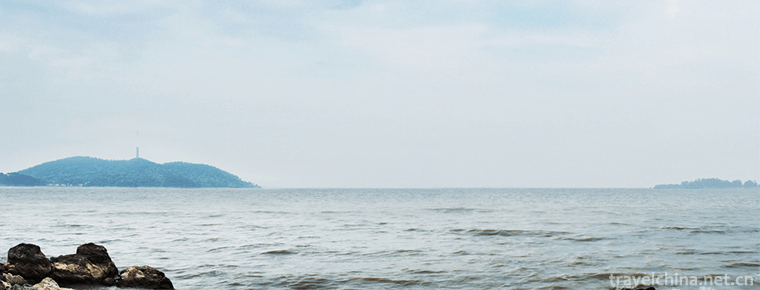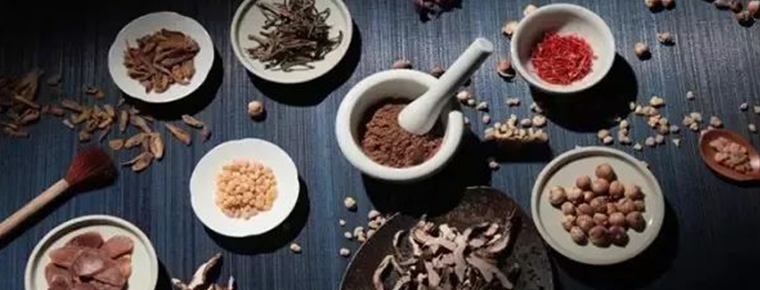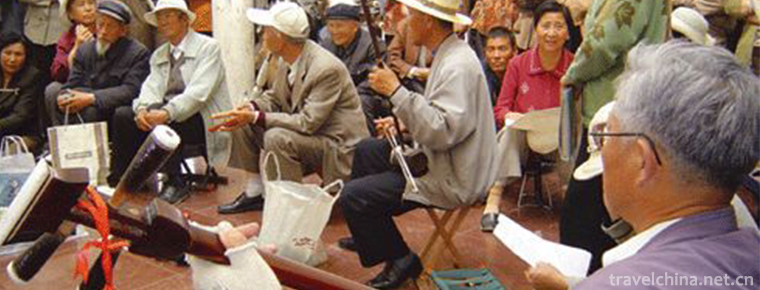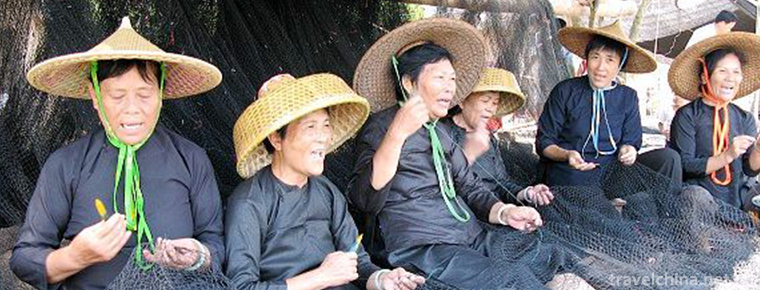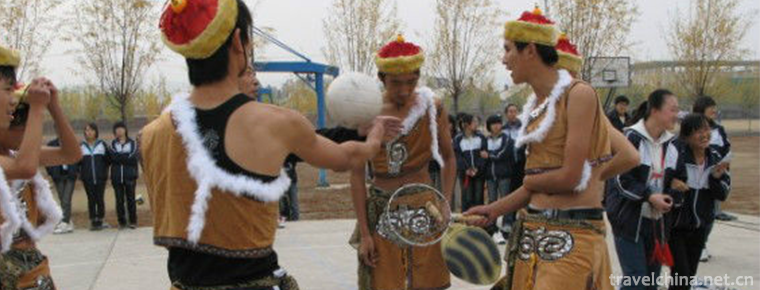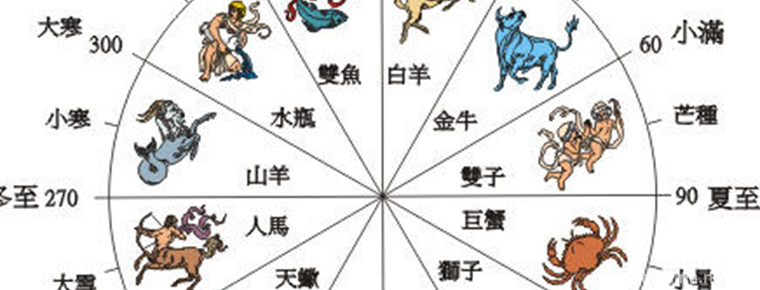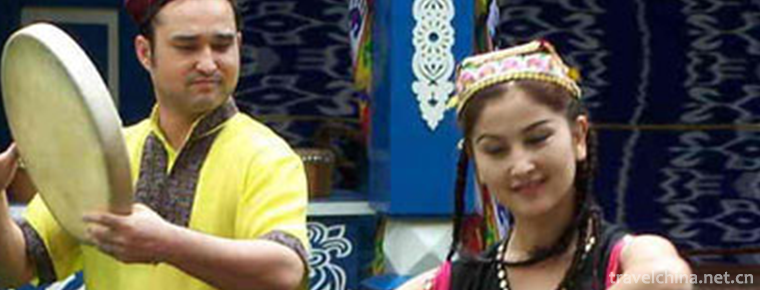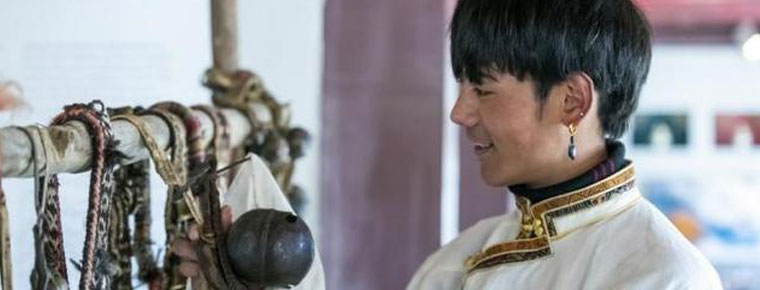China Yellow River Building
The Yellow River Building of China has the Yellow River China History and Culture Exhibition Hall, the Yellow River Ningxia History and Culture Exhibition Hall, the Yellow River Impression Exhibition Hall and the Yellow River Cultural Performance Hall. It is a museum that displays the splendid civilization of the Yellow River for 5000 years in an all-round way, an important carrier of the Yellow River culture in Ningxia, and a well-known tourist attraction in the West and even in the whole country. It is one of the highlights and landmark landscape projects of the golden bank of the Yellow River in Ningxia. It will create the first floor of the Yellow River culture in the whole country. It will also be called the four famous buildings in China with the Yellow Crane Tower, Tengwang Pavilion and Stork Tower.
Background of scenic spots
Located on the West Bank of the Yellow River in Qingtongxia City, the Yellow River Building of China started construction in July 2010. The main building is 108 meters high and can reach the roof directly by elevator. The building is composed of main building, corner building, archway, 12 zodiac totem poles, Zhenhe TieNiu and other ancillary buildings and sculptures, with a total floor area of 22,000 square meters. The design style is imitated the Ming and Qing Dynasty tower-style ancient building, the roof is golden and yellow glazed tile, the main building is nine floors above ground and two floors below ground.
The main building of the Yellow River Building is composed of three parts: underground, terrace and pavilion. Its architectural style is ancient-like buildings in Ming and Qing Dynasties. Its main building is concrete frame-shear structure, and its outer eaves are steel structure. All the domes are made of Al-Mg alloy and decorated with "Hexi Painting". The top of the main building is designed as a heavy eaves Cross Ridge with local style, and the roof is paved with golden glazed tiles. The overall style is magnificent.
The Ningxia Yellow River Museum is located in the Yellow River Building. It will excavate and sort out the cultural connotation of the Yellow River from five aspects: the Yellow River culture, irrigation culture, farming culture, Hui culture and the new rhyme of the Yellow River for the whole region and even the whole country, reflecting the soul of the Golden Bank of the Yellow River. Using LED-3D technology, physical objects, scenes and other elements, we can reproduce the history of thousands of years from Dayu water control to the people's Yellow River control and the development of the Yellow River for the benefit of mankind, fully demonstrating the "great culture of the Yellow River".
The Yellow River Building in China is one of the series of landmarks constructed by Ningxia to excavate the Yellow River culture. Taking the Yellow River culture as the axis, Ningxia has constructed such landmark buildings as the Yellow River Tower, the Yellow River altar and the ancient bronze town, and strived to build a "Yellow River Culture Exhibition Line".
Architectural style
The overall style of the Yellow River Building in China is imitating the ancient buildings of Ming and Qing Dynasty. The main tone is red and rich yellow in China. Its roof is a cross eaves with local style. You can take the elevator to the top of the building to see the rolling water of the Yellow River, feel the magnificent scenery of the river, and think about the past and the present. The Yellow River History and Culture Exhibition Hall, Ningxia Local Customs and Human Relations Exhibition Hall and the tea art hall and activity room with different characteristics are displayed in the building. Ningxia's unique Yellow River culture, Xixia culture and desert culture will be fully displayed here.
building structure
The Yellow River Building is mainly composed of main building and corner building, archway, 12 zodiac totem poles, Zhenhe TieNiu and other ancillary buildings and sculptures, with a total floor area of 22115 square meters. The design style of the Yellow River Building is a tower-style ancient building in Ming and Qing Dynasties. The top of the building is a local style cross roof with heavy eaves. The roof is golden and yellow glazed tiles, and the main building is a concrete frame-shear structure. The building elevation of the Yellow River Building is 108 meters, of which the turtle-shaped hill of the Yellow River Building is 19 meters high, the two floors of the bottom platform are 16.2 meters high, and the main building is 72.8 meters high. The building body consists of three parts: the underground part, the platform part and the pavilion part. The main building has nine floors above ground (including two interlayers), and the underground is two floors. As a whole, it is bright and dark nine floors. The attached buildings of the Yellow River Tower have four corner towers, representing spring, summer, autumn and winter respectively, meaning spring orchid, summer lotus, autumn chrysanthemum and winter plum; the Yellow River Tower has four gate towers, namely, Qinglongmen, Baihumen, Xuanwumen and Zhuqumen; the main entrance of the Yellow River Tower is the main entrance of the Yellow River Tower, with four big characters "Dadao Yellow River" written on the front main plaque of the building; and the writing on the main plaque on the back of the plaque. There are four big words "Mei'ao Yellow River". Their implications are: Da'ao Yellow River, self-improvement, good moral carrier; Mei'ao Yellow River, Guotai Min'an, Heqing Haiyan. These two sentences represent our good wish to thank Mother River and build the Yellow River Tower. On the arc square in front of the entrance of the steps of the Yellow River Tower, there are twelve bronze totem poles. The contents of the totem poles are selected from the twelve zodiacs. On the large steps of the main entrance of the Yellow River Building, the image of Tang Kaiyuan TieNiu is magnified and reproduced. TieNiu's head is north and south, its eyes are round and heavy-duty, and its image is vivid and lifelike. In this way, Tienau is in the front and the Yellow River Tower is in the back, forming a unique landscape .
Practical information
Preferential Booking
1. Citizens and students in Wuzhong City are exempted from tickets to the Yellow River Cultural Park with valid certificates. The price of tickets to the main building of the Yellow River Building is 20 yuan per person.
2. Older people over 60 years old, disabled persons and journalists are exempted from the ticket price of the Yellow River Building with valid certificates.
3. Active servicemen and children under 1.2 meters are exempt from admission tickets.
traffic
The scenic spot is in the city of Qingtongxia with convenient transportation.














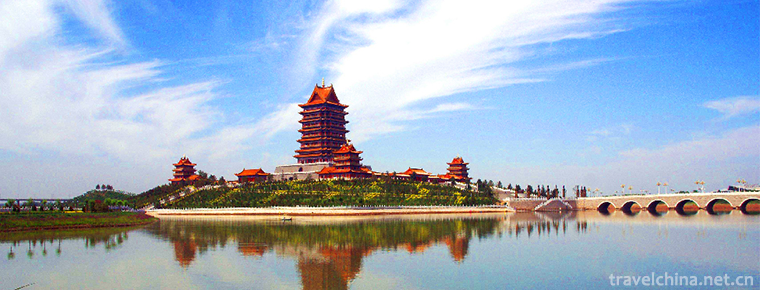
-
Laoshan Scenic SpotQingdao Shandong Province
Laoshan Scenic Area of Qingdao, located in Qingdao City, Shandong Province, is one of the first national key scenic spots approved and announced by the State .
Views: 179 Time 2018-12-08 -
Chaohu Lake Scenic Area
Located in the middle of Anhui Province, Chaohu Lake is located in Hefei, Lianhuai Tongjiang River, 55 kilometers east-west, 22 kilometers South-North wide. Its perennial water area is about 760 squar.
Views: 183 Time 2019-01-05 -
Xianghu Lake
Xianghu Lake is known as the "sister lake" of the West Lake for its beautiful scenery. It is a lake located in Xiaoshan District, Hangzhou City, Zhejiang Province, China. Xianghu Lake is als.
Views: 169 Time 2019-02-25 -
Carrying a number
Handling trumpets is one of the trumpets of traditional folk songs. It is popular in many fields, such as manual workers, such as loading and unloading, lifting, pushing and pulling goods..
Views: 463 Time 2019-04-03 -
Traditional fragrance making techniques
Fragrance, originated from herbs, not only fragrance overflowing nose, but also eliminating pollution, curing illness, recuperating body and mind, in a relaxed and happy heart, helping people calm dow.
Views: 125 Time 2019-04-21 -
Ping Zhou He Zhou
Hezhou Pingxian was known as Pingdiao and Rhythm in ancient times, and it was also called Linxia Pingxian after 1949. Its main musical instrument is three strings..
Views: 241 Time 2019-05-03 -
Lingao Fishing Song
Lingao Fishing Song is a kind of Han folk song which is popular among fishermen in Lingao County, Hainan Province. Because of its use of the lining "Li Li Mei" and related legends, it is als.
Views: 269 Time 2019-05-13 -
Manchu Pearl Ball
Pearl ball is a traditional sport of Manchu, originally known as pearl picking, which originated from the ancient pearl picking production activities of Manchu. In the age of Taizu Nuerhachi in the Qi.
Views: 260 Time 2019-05-20 -
24 solar terms of the lunar calendar
Twenty-four solar terms is a supplementary calendar that absorbs the "twenty-four solar terms" of the Ganzhi calendar to guide agriculture. It is the accumulation of long-term experience and.
Views: 170 Time 2019-06-08 -
Uygur Costume
Uygur costumes - more patterns, very beautiful, full of characteristics. Uygur men - pay attention to black and white effect, so bold and unrestrained. Uygur women prefer to use contrasting colors to .
Views: 110 Time 2019-06-26 -
Ding Zhen becomes popular and half moon looks haggard
Ding Zhen became popular half moon, haggard face, eyes full of bloodshot, confessed that he liked riding and herding cattle most.
Views: 100 Time 2020-12-07
